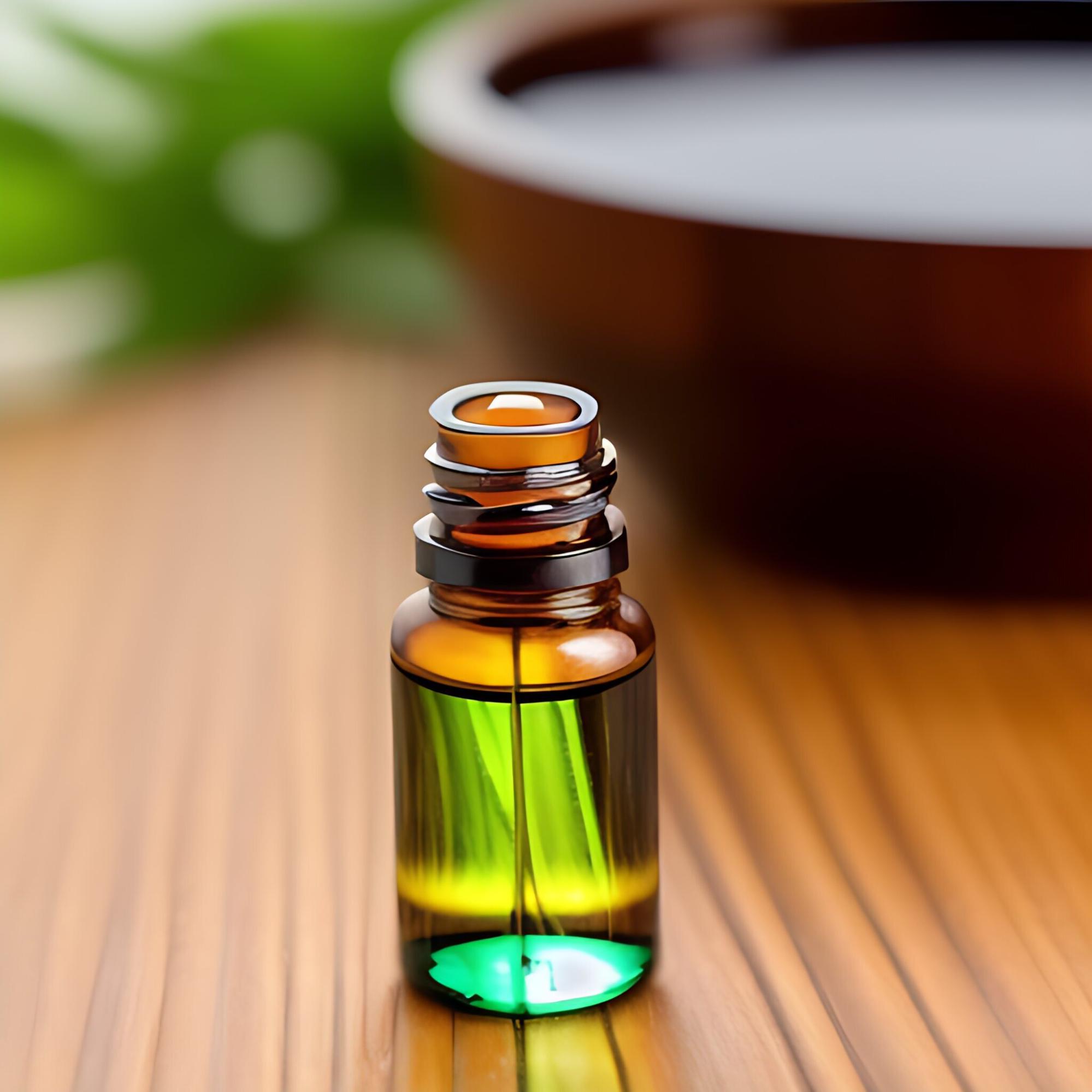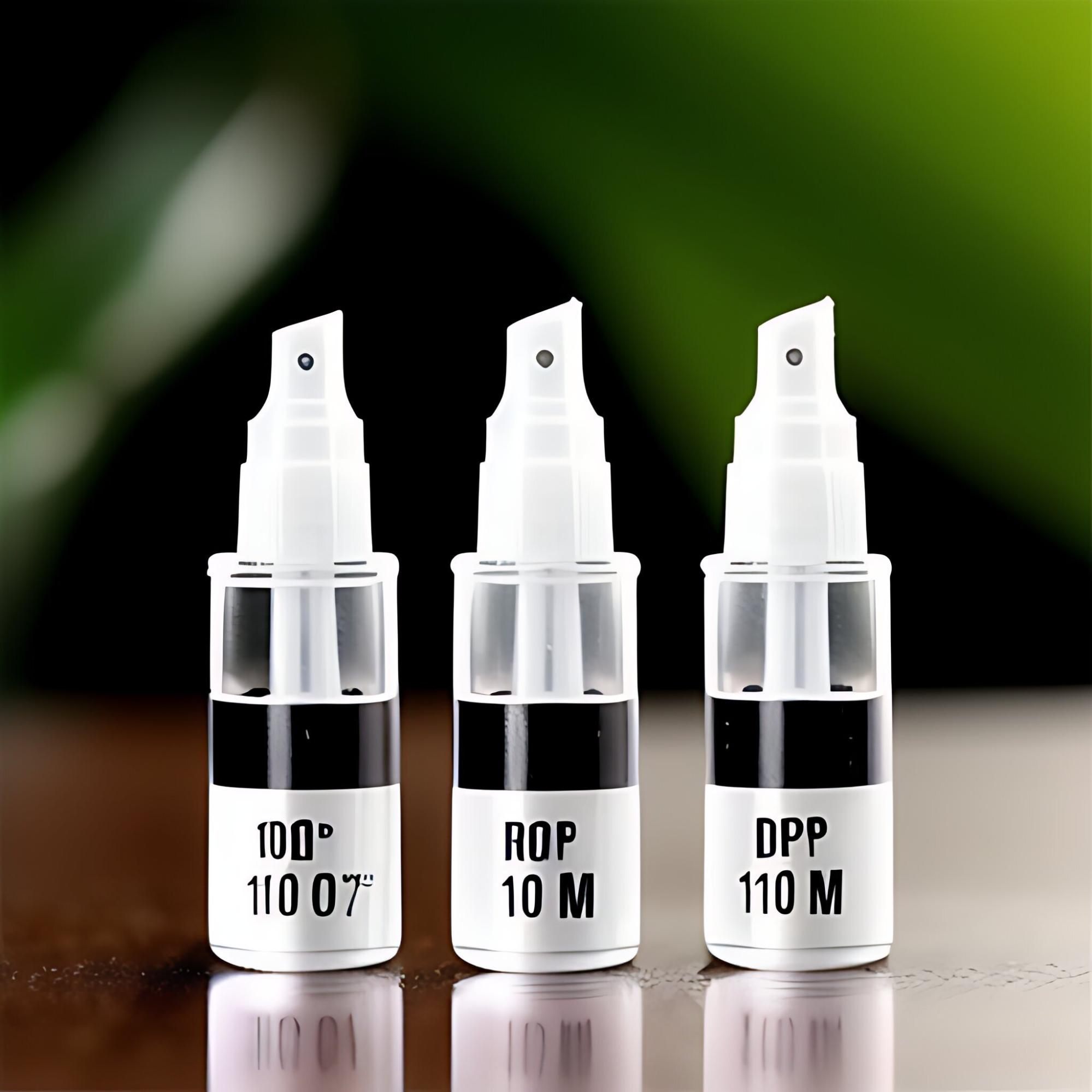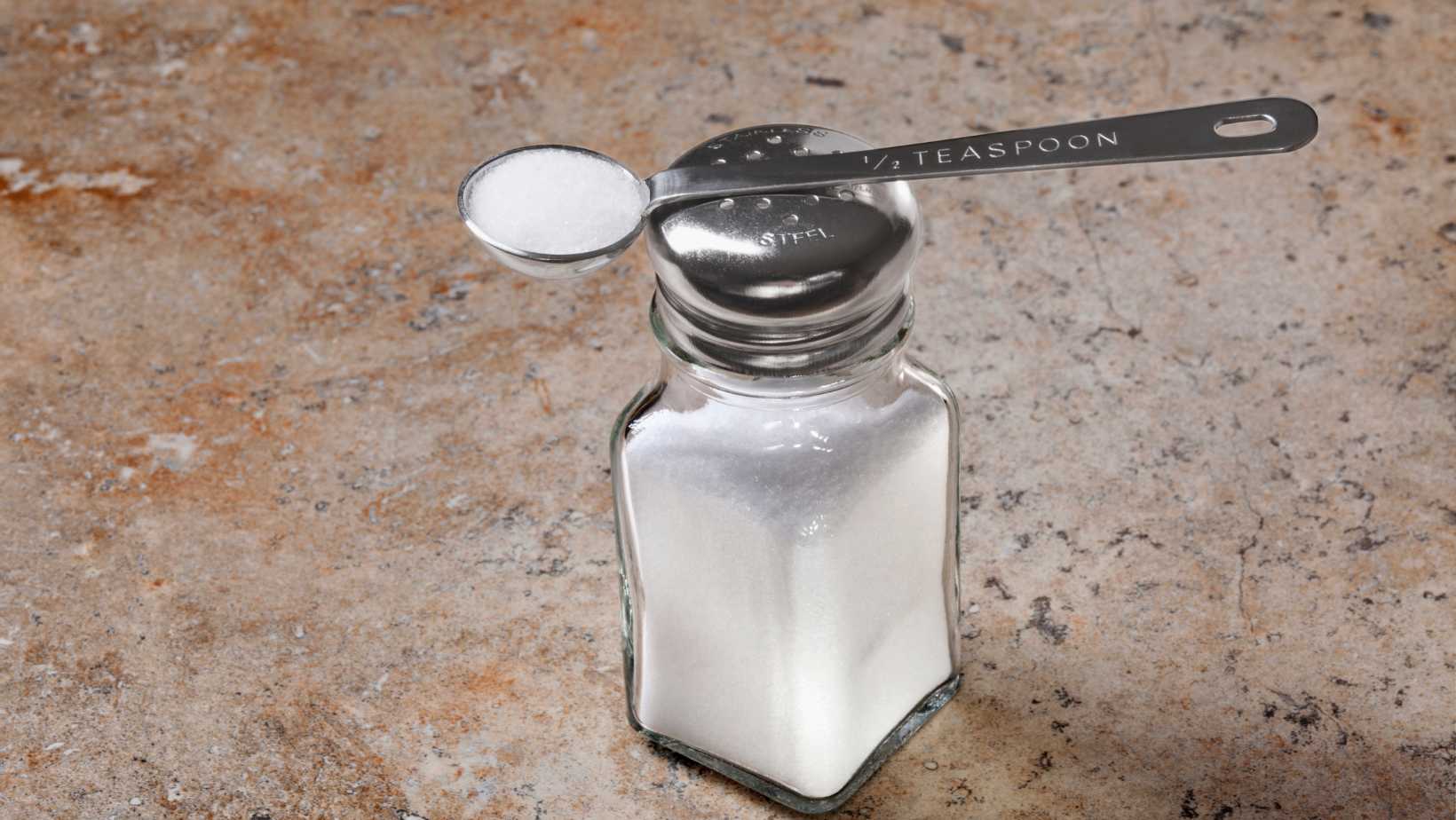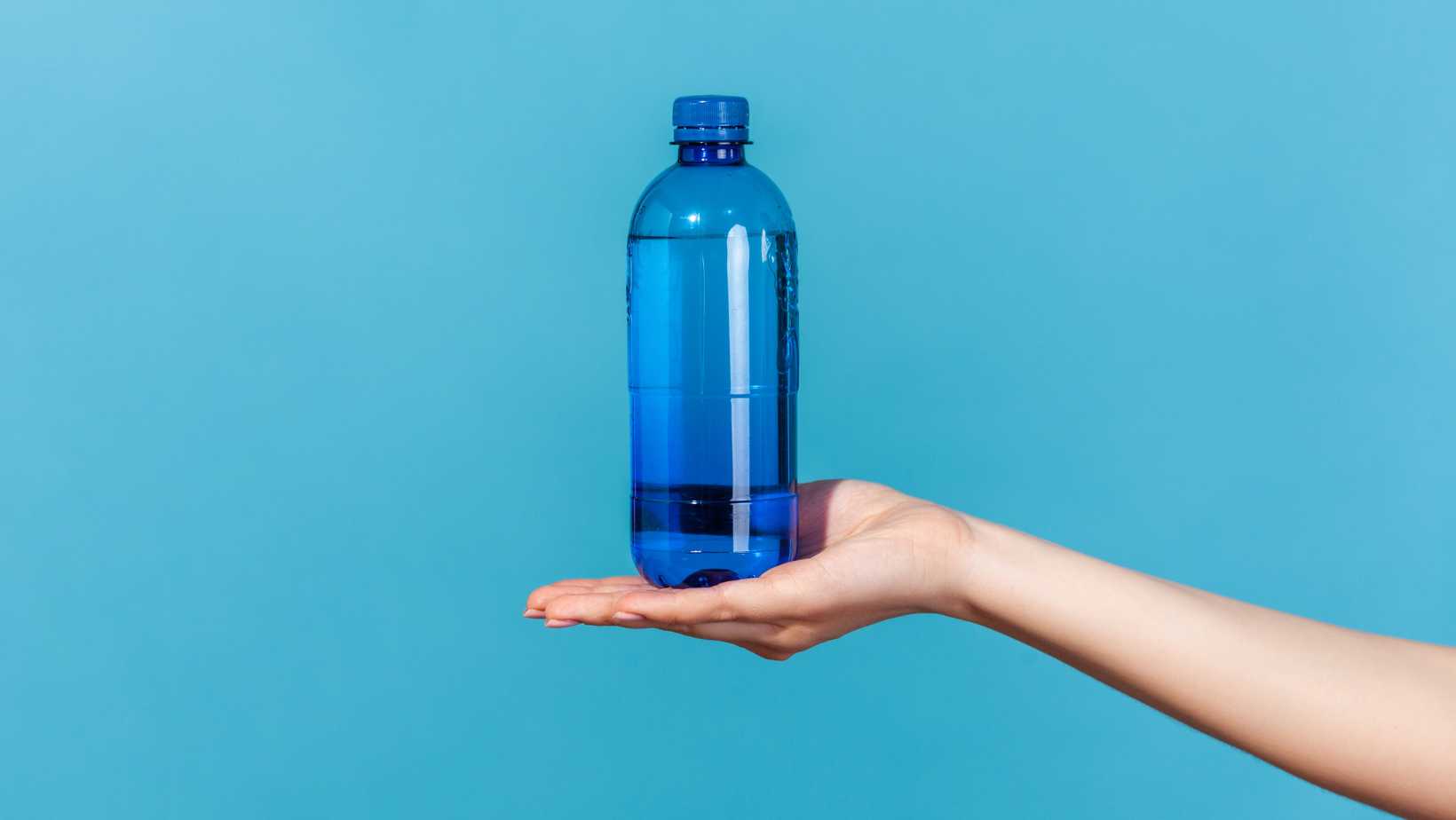FInd out How Many mL is in a Unit

If you’ve ever wondered about the conversion between milliliters (ml) and units, you’re not alone. Understanding how many ml are in a unit can be helpful for various purposes, such as medication dosages, cooking measurements, or even understanding beverage labels. In order to provide clarity on this topic, let’s dive into the details.
When it comes to determining how many ml are in a unit, it’s important to note that the specific measurement can vary depending on what you’re referring to. In the context of medications, a unit typically refers to an international unit (IU), which is used to measure the potency or concentration of certain substances like vitamins or hormones. Unlike milliliters, which measure volume, units measure biological activity.
To further complicate matters, there isn’t a standardized conversion factor between ml and units since different substances have varying potencies and concentrations. Therefore, it’s crucial to refer to specific product information or consult with a healthcare professional when dealing with medication dosages.
In conclusion, there isn’t a direct conversion between milliliters and units due to their different measurement purposes. While ml measures volume and is commonly used in cooking or liquid measurements, units typically refer to biological activity and are frequently found in medication dosages. Remember to rely on accurate product information or seek guidance from professionals when dealing with precise conversions involving ml and units.
How Many mL is in a Unit
What is a Milliliter (ml)?
A milliliter, commonly abbreviated as ml, is a unit of volume in the metric system. It is equal to one-thousandth of a liter or 0.001 liters. To put it into perspective, imagine taking a regular-sized medicine dropper and filling it up three-quarters of the way. That would be roughly equivalent to 3/4 ml.
Conversion of Units: Milliliters to Other Measurements
Milliliters are often used as a standard measurement for liquids and small quantities. Here are some common conversions between milliliters and other measurements:
- 1 ml = 0.03 fluid ounces
- 1 ml = 0.2 teaspoons
- 1 ml = 0.067 tablespoons
- 5 ml = approximately 1 teaspoon
- 15 ml = approximately 1 tablespoon
- 30 ml = approximately 2 tablespoons or 1 fluid ounce
- Note: These conversions are approximate and may vary slightly depending on rounding.
Understanding these conversions can be helpful when following recipes or administering medication that requires precise dosages.

Exploring the Relationship Between Units and Milliliters
When it comes to understanding the relationship between units and milliliters, many people often wonder how many milliliters are in a unit. It’s a common question, especially when dealing with measurements in various fields such as medicine, cooking, or chemistry. In this section, I’ll shed some light on this topic and provide you with a clearer understanding.
To begin with, it’s important to note that the conversion between units and milliliters can vary depending on the specific context. Different industries or applications may have their own standards for defining a unit and its corresponding volume in milliliters. However, there are some general conversions that can be helpful.
In the medical field, particularly when it comes to medications or injections, a unit typically refers to an international unit (IU). The IU is used to measure the biological activity of substances like vitamins or hormones. Unfortunately, there isn’t a direct conversion from IU to milliliters since it depends on the specific substance being measured.
On the other hand, when we consider liquid measurements in cooking or chemistry, we commonly use units such as teaspoons (tsp), tablespoons (tbsp), cups (c), pints (pt), quarts (qt), and gallons (gal). These units have established conversions to milliliters:
- 1 teaspoon = 5 mL
- 1 tablespoon = 15 mL
- 1 cup = 237 mL
- 1 pint = 473 mL
- 1 quart = 946 mL
- 1 gallon = 3.785 L or approximately 3785 mL
It’s essential to keep in mind that these conversions are approximate values and might slightly differ based on rounding or regional variations.
When dealing with more specialized fields like physics or engineering where different systems of measurement are utilized (e.g., metric system vs. imperial system), converting between units and milliliters may require additional calculations. In such cases, it’s best to consult specific conversion tables or formulas relevant to the particular system being used.
In conclusion, the relationship between units and milliliters can vary depending on the context in which they are used. While there are general conversions for common measurements like teaspoons, tablespoons, cups, pints, quarts, and gallons to milliliters, other industries or applications may have their own unique standards. It’s always important to refer to reliable sources or consult professionals when precise conversions are required.




